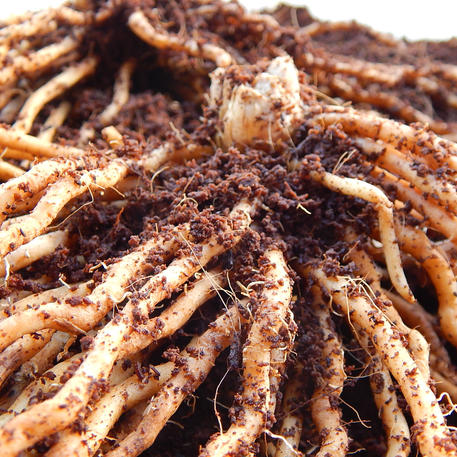-
Filter By Stock
- In Stock (0)
ASPARAGUS
BOTANICAL NAME: Asparagus officinalis
COMMON NAMES: Asparagus
FAMILY: Asparagaceae
ORIGIN: Asparagus has been cultivated for over 2,000 years as a vegetable and medicinal herb
PLANT DESCRIPTION
Perennial up to 1.5 m high with shoots high in protein and dietary fibre.
USES
Young asparagus spears may be eaten raw, cooked or pickled. The roasted seeds have traditionally be used as a coffee substitute.
GROWING TIPS
After the first frost in winter or when the foliage browns off, cut off the old tops about 7.5 cm from the soil surface. Apply a generous dressing of compost and well-rotted manure to feed the bed and make it ready for the plants spring growth. Cover with a thick layer of straw mulch. With good care and attention, an asparagus bed can remain productive for well over 20 years
Harvest very lightly the first year after planting, to allow the crowns to build strength. In cool areas it is best to stop cutting spears in late spring; in warmer areas it is possible to harvest a second time during Autumn. When harvesting, cut the spears carefully to avoid causing damage to the crown. Harvest spears when approx. 20 cm high. If spears are quite thin, it is best to allow them to grow and feed the crown. It is important not to over-harvest the plant because this will weaken it causing reduced harvest in the following year.
For healthy robust growth to take place, the plant requires a dormant period of 90 - 150 days when temperatures are low.
Asparagus is a dioecious species which means that both male and female forms must be grown if fruit and seed are required.
It has been observed that male plants produce the most shoots with female plants tending to produce larger shoots.
Plants dislike humidity.
PLANTING GUIDE
Plant in full sun in a well-drained soil. Thorough preparation of the soil is needed as asparagus crowns are long-lived. Dig deeply, or if possible double dig the trenches and incorporate generous amounts of compost and well-rotted manure into the soil. The pH of the soil should be 6.5 - 7.0, lime if necessary. Asparagus is usually considered a temperate plant but it is easy to grow in a subtropical climate as it thrives on the rain and has no problems with pests or diseases. In fact, in old, abandoned gardens, asparagus can be seen growing years later amongst tall grass and weeds.
Plant in winter or early spring, while the crowns are still dormant. Plant in furrows about 20 cm deep and 30 cm wide. Place the crowns onto a small mound in the centre of the furrow, so that the roots point down at about 45°, spread the roots out carefully. Backfill with compost to a depth of 7.5 cm. Space plants 45 cm apart, with 1.2 m between rows. Fill trench with soil gradually as growth progresses.
Propagation is by dividing the crowns when at least 3 years old during winter dormancy.
A bed of asparagus generally takes up to three years to produce with plants lasting up to 15 years.
COMPANION PLANTS
LIKES: Basil, Parsley, Marigold, Spinach, Lettuce, Beetroot, Grape, Nasturtium, Dill, Tomato
When grown together, tomatoes help to protect asparagus from the asparagus beetle. Asparagus is also believed to repel the nematodes that can infect tomatoes

ASPARAGUS - MARY WASHINGTON (Crown) (Pack of 2)
(Asparagus officinalis) Heirloom. Perennial. Long, straight spears with tight tips. Popular variety. Harvest in Spring. Continuous picking for 2
$12.95

ASPARAGUS - PURPLE (Crown) (Pack of 2)
(Asparagus officinalis) Heirloom. Perennial. Long, straight, deep maroon-purple coloured spears with creamy flesh. Harvest in Spring. Continuous
$24.95
